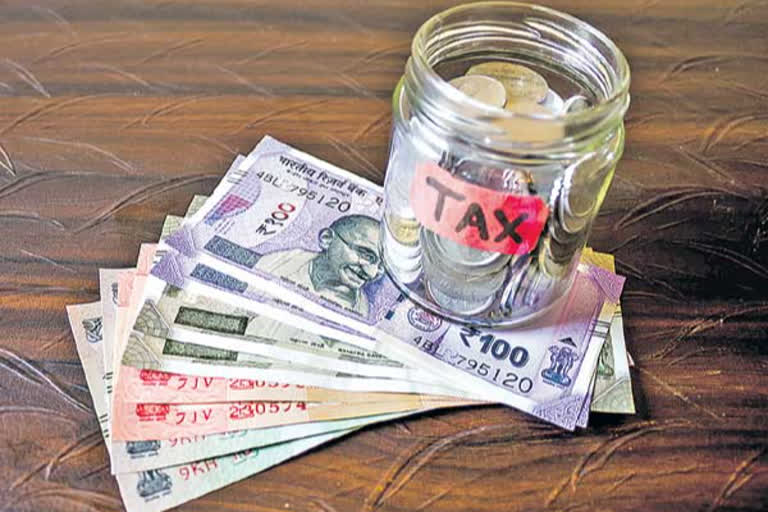Hyderabad: The financial year ends in four months from now. Time has come for us to make necessary investments in order to reduce the tax burden ahead of the FY ending. Tax relief should not be the only objective. Investments should create financial assurance in future. This will become possible only when money is parked in the right tax saving investment policy.
The Income Tax Act 1961 provides several avenues to reduce tax burden. Of these, Section 80C is very important. It provides a facility to save tax up to Rs. 1.50 lakh by putting money in various investment plans. These include Employees Provident Fund (EPF), five year tax saver bank fixed deposits, premium of life insurance policies, Public Provident Fund (PPF), National Savings Certificates (NSC), Senior Citizens Savings Scheme (SCSS), equity linked savings schemes (ELSS), home loan principal amounts and tuition fee on two children.
Some policies yield stable income but not so remunerative when compared with inflation in the long term. Moreover, tax has to be paid on these. Market linked tax saver policies contain risk. These include ELSS, unit linked insurance policies (ULIPs) and national pension scheme (NPS). They yield higher investment growth over a long period. There will be no high tax burden on the income as well.
Also Read: IT tips: Don't wait till last minute, opt for tax-saving schemes now
Those wanting to invest in mutual funds while saving tax may prefer ELSS policies. Investment has to be continued for a minimum of three years. These have shortest terms covered under Sec 80. First timers will reap more benefits. Instead of choosing a single big ELSS policy, money can be parked in three to four plans for the sake of diversity. Consider small, mid and long term shares.
It is better to invest in two to three systematic investment plans (SIPs) from the beginning of the financial year itself. These have three years locking period. After three years, withdraw the amount and reinvest in the same fund if its performance is good. If you have surplus funds, it is advisable to continue investments without break.
Also Read: What is Equity Linked Savings Scheme and its benefits?
The ULIPs provide the combined benefit of investments and insurance in one place in stock market. These are suitable for those not able to operate investments and security separately. The insurance policy should be at least ten times more than the premium. Long term ULIPs are always better to meet various objectives. Risk factor should be considered while selecting the investment funds.
The NPS plan is the best for those looking for tax savings along with retirement benefit. How much pension you get will depend on the overall invested fund. Sixty percent fund can be withdrawn upon retirement while the remaining forty percent will be used to buy annuity plans from seven firms that will pay the pension. Up to Rs 50,000 exemption is given under Sec 80 CCD (1B).



